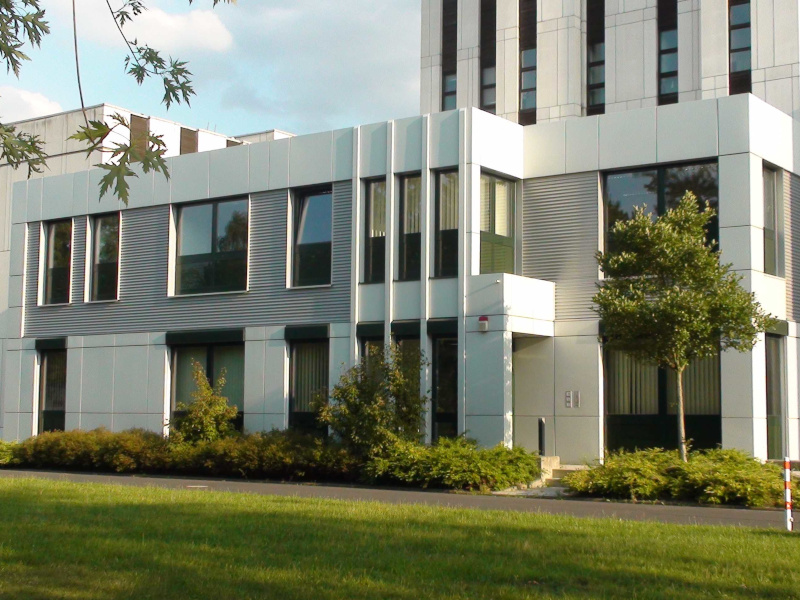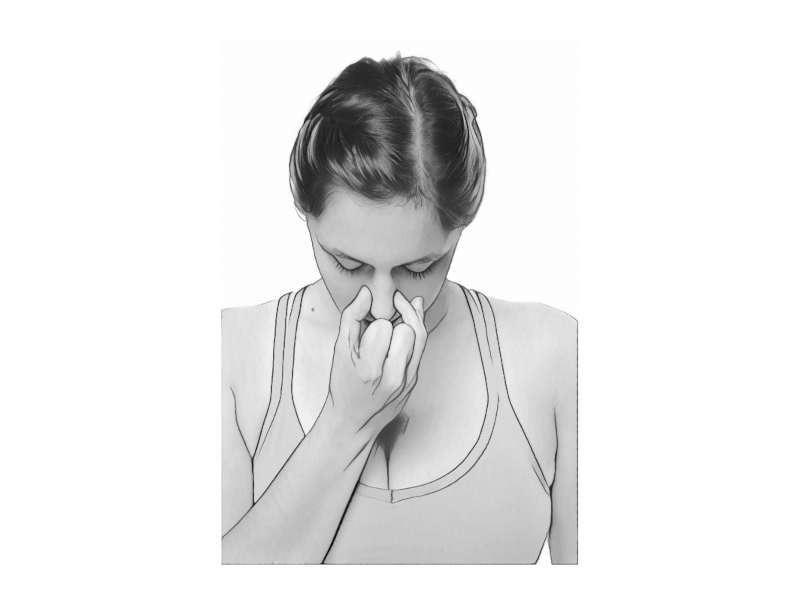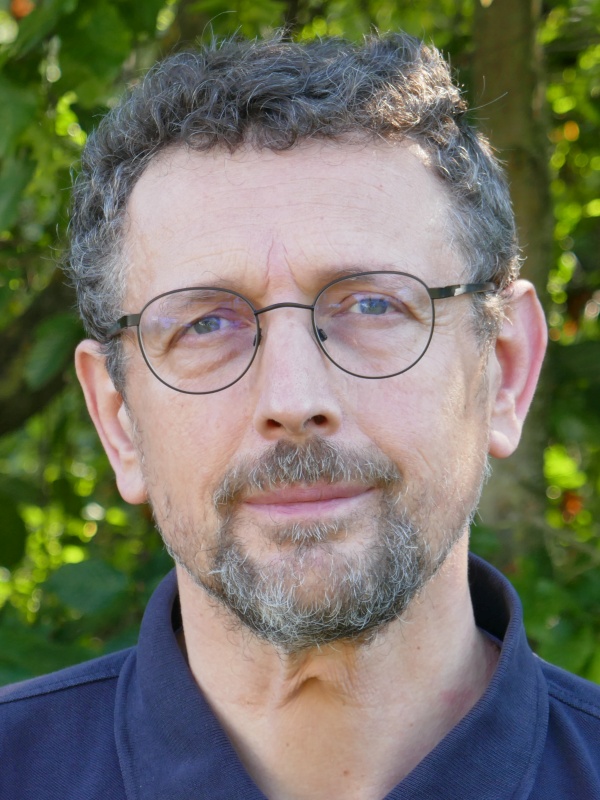Exceptional Experiences and Altered States of Consciousness
Introduction
The research group “Altered States of Consciousness – Meditation Research” was founded in 2005 at the Bender Institute of Neuroimaging at the University of Giessen.
It emerged from a research project on “Rhythmic Trance Induction”, which was part of an international research network funded by IGPP to investigate altered states of consciousness under the direction of Prof. Dr. Dieter Vaitl (Vaitl et al., 2005, Vaitl, 2020).
In the research project on “Rhythmic Trance Induction” (1998-2003), dancing, shamanic drumming and rocking on a tilting couch were used to induce trance and investigate it psychophysiologically (Vaitl & Ott, 2005).
After the founding of the Bender Institute of Neuroimaging by Prof. Dr. Dieter Vaitl in 2000 (Vaitl & Ott, 2020), research activity shifted to techniques for inducing trance that did not involve (head) movements in order to be able to examine them with functional magnetic resonance imaging (see Ott, 2012).
- Rhythmic music and synchronous dynamic visualizations were used to induce trance (Hempel, 2009).
- The focus was then on the neuronal correlates of meditation practice (Gard et al., 2012, Hölzel et al., 2007, 2008, Laneri et al., 2015) and the potential risks of meditation.
Selected Projects
Working Group
Former Employees (Titles of Doctoral Theses)
- Dr. Britta Hölzel (Achtsamkeitsmeditation: Aktivierungsmuster und morphologische Veränderungen im Gehirn von Meditierenden)
- Dr. Tim Gard (The neural and psychological mechanisms of yoga and mindfulness meditation)
- Dr. Hannes Hempel (Trance-Induktion mit Musik und Visualisierungen im MRT: Einfluss der Absorptionsfähigkeit)
- Dr. med. Philipp Rumpf (Meditation und Hirnalterung: Implikationen für die Demenz-Prävention)
- Dr. med. Torsten Sassinek (Effekte lang anhaltender, willkürlicher Hyperventilation auf Blutgase, Hirnperfusion und Bewusstsein: Eine funktionelle Magnetresonanztomographie-Studie mit Arterial-Spin-Labeling-Technik)
Publications
Gard, T., Hölzel, B. K., Sack, A. T., Hempel, H., Lazar, S. W., Vaitl, D., & Ott, U. (2012). Pain Attenuation through Mindfulness is Associated with Decreased Cognitive Control and Increased Sensory Processing in the Brain. Cerebral Cortex, 22(11), 2692–2702. https://doi.org/10.1093/cercor/bhr352
Hempel, H. (2009). Trance-Induktion mit Musik und Visualisierungen im MRT: Einfluss der Absorptionsfähigkeit. (Dissertation). Universität Gießen. http://dx.doi.org/10.22029/jlupub-15481
Hölzel, B. K., Ott, U., Gard, T., Hempel, H., Weygandt, M., Morgen, K., & Vaitl, D. (2008). Investigation of mindfulness meditation practitioners with voxel-based morphometry. Social Cognitive and Affective Neuroscience, 3(1), 55–61. https://doi.org/10.1093/scan/nsm038
Hölzel, B. K., Ott, U., Hempel, H., Hackl, A., Wolf, K., Stark, R., & Vaitl, D. (2007). Differential engagement of anterior cingulate and adjacent medial frontal cortex in adept meditators and non-meditators. Neuroscience Letters, 421(1), 16–21. https://doi.org/10.1016/j.neulet.2007.04.074
Laneri, D., Schuster, V., Dietsche, B., Jansen, A., Ott, U., & Sommer, J. (2015). Effects of Long-Term Mindfulness Meditation on Brain’s White Matter Microstructure and its Aging. Frontiers in Aging Neuroscience, 7, 254. https://doi.org/10.3389/fnagi.2015.00254
Ott, U. (2012). Psychophysiologie veränderter Bewusstseinszustände – Studien mit funktioneller Magnetresonanztomographie. In W. Ambach (Ed.), Experimentelle Psychophysiologie in Grenzgebieten (pp. 79–95). Ergon.
Vaitl, D. (2020). Internationaler Forschungsverbund „Veränderte Bewusstseinszustände“ [Consortium Altered States of Consciousness (ASC)]. In D. Vaitl (Ed.), An den Grenzen unseres Wissens: Von der Faszination des Paranormalen (pp. 235–247). Herder.
Vaitl, D., Birbaumer, N., Gruzelier, J., Jamieson, G. A., Kotchoubey, B., Kübler, A., Lehmann, D., Miltner, W. H. R., Ott, U., Pütz, P., Sammer, G., Strauch, I., Strehl, U., Wackermann, J., & Weiss, T. (2005). Psychobiology of altered states of consciousness. Psychological Bulletin, 131(1), 98–127. https://doi.org/10.1037/0033-2909.131.1.98
Vaitl, D., & Ott, U. (2005). Altered States of Consciousness Induced by Psychophysiological Techniques. Mind and Matter, 3(1), 9–30. https://www.mindmatter.de/journal/abstracts/mmabstracts3_1.html#vai
Vaitl, D. & Ott, U. (2020). Das Bender Institute of Neuroimaging (BION). In D. Vaitl (Ed.), An den Grenzen unseres Wissens: Von der Faszination des Paranormalen (pp. 248–273). Herder.





